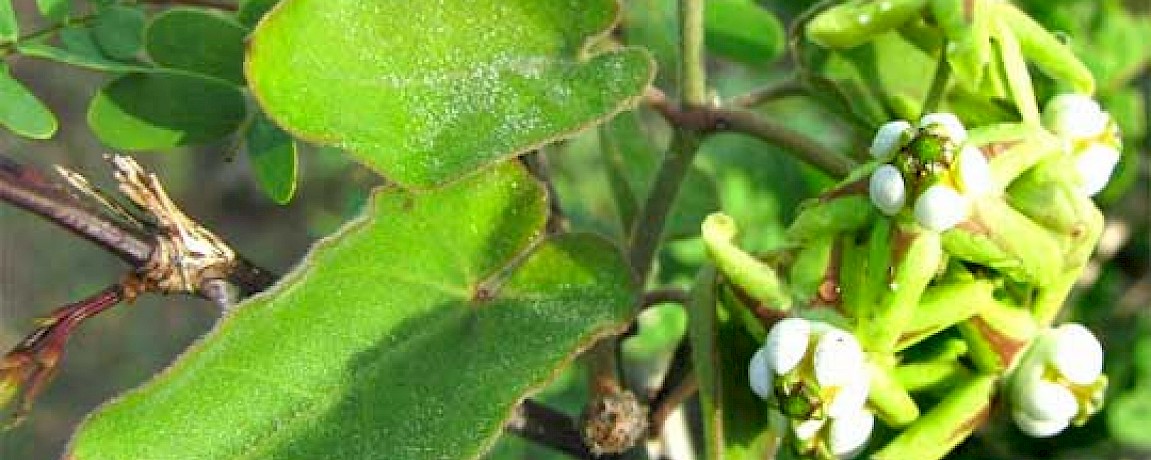Milkweed Fugues
In my days back in Germany, I did botanical illustrations for a group of researchers studying the evolution and taxonomy of an obscure tribe of vines in the Milkweed Family. I've found two more members of the same group and identified them both with pictures.
The first, photographed in late September beside a road near Sabacché about 60 kms southeast of Mérida, is FUNASTRUM LINDENIANUM. Its leaves and flowers are shown below:
A close-up of one of its nickle-size flowers is next:
The second, fairly commonly seen forming dense, twining clumps in the forest around Yokdzonot, is shown below:
It's METASTELMA SCHLECHTENDALII var. SCHLECHTENDALII. A close-up of two mouse-eye-size flowers appears below:
I spent a couple of summers drawing flowers of this species and others like it -- dozens and dozens of plants and drawings. At first glance, every blossom looked just like the one before it until closer scrutiny revealed that each blossom had something unique about it, something that set it apart from all other flowers in the whole world, and what a pleasure it was to sit day after day revealing those curiosities and special features to others.
Those were delightful summers. Each day, when I plunged into the anatomy of each new blossom (always viewing the flowers beneath a powerful binocular microscope) it was like listening to Bach fugues -- endless elegant, pleasing variations on the milkweed theme.
People always ask when they meet such obscure plants as these, "What are they good for?" The real answer is that the question makes invalid assumptions about the world. But if an answer is really demanded you might reply, "They're Creator fugues. If you don't know why the Creator fugues so much, ask Her."
This article is adapted from Jim Conrad's Naturalist Newsletter. Jim is a naturalist with years of experience observing the ecology of the Yucatan Peninsula and beyond. The following article is adapted from the October 27, 2008 newsletter written in Yokdzonot about half an hour by bus west of Pisté, Yucatan, Mexico. You can find the original article on backyardnature.net
All images and text at the backyardnature.net website, unless identified as produced by someone other than Jim Conrad, are copyright free, in the public domain.







